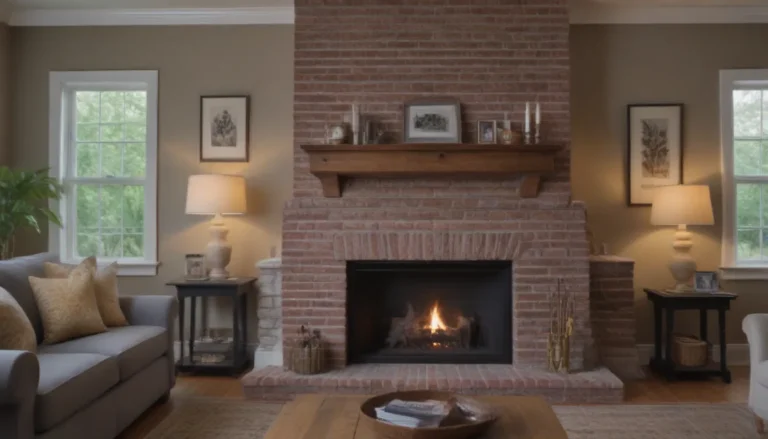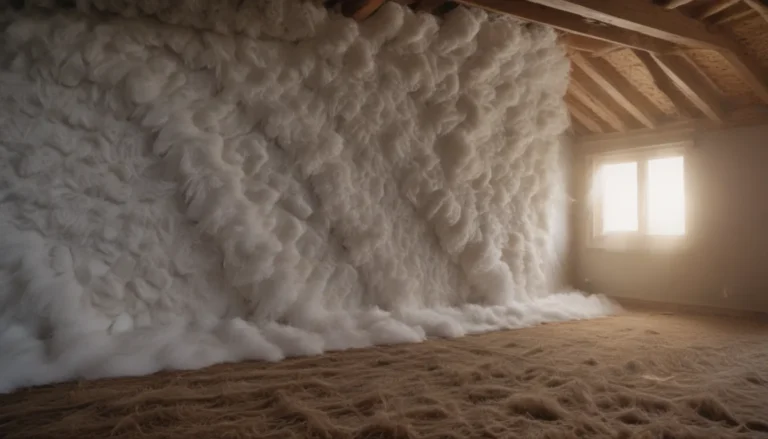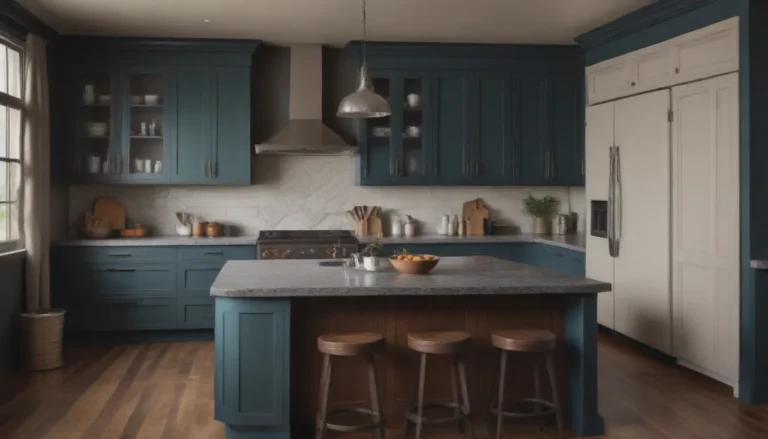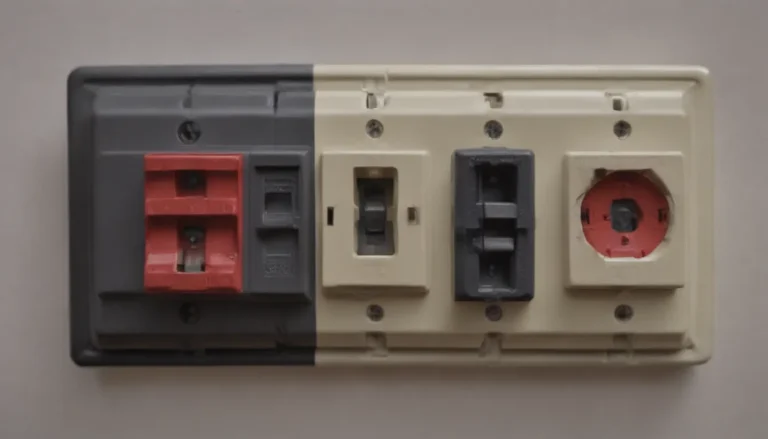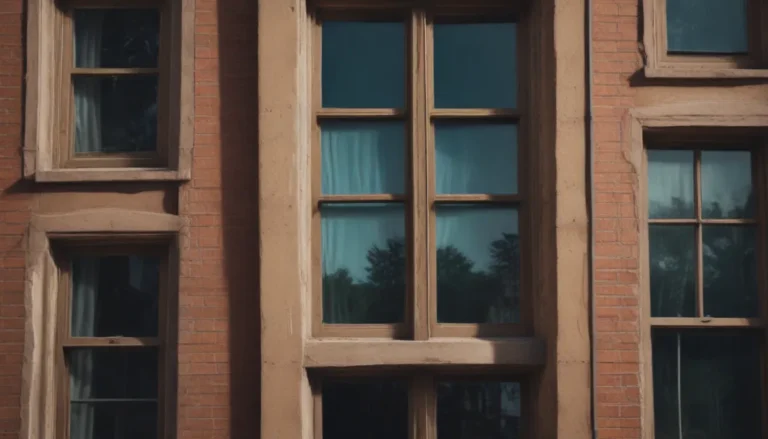Understanding Parquet Flooring: A Comprehensive Guide
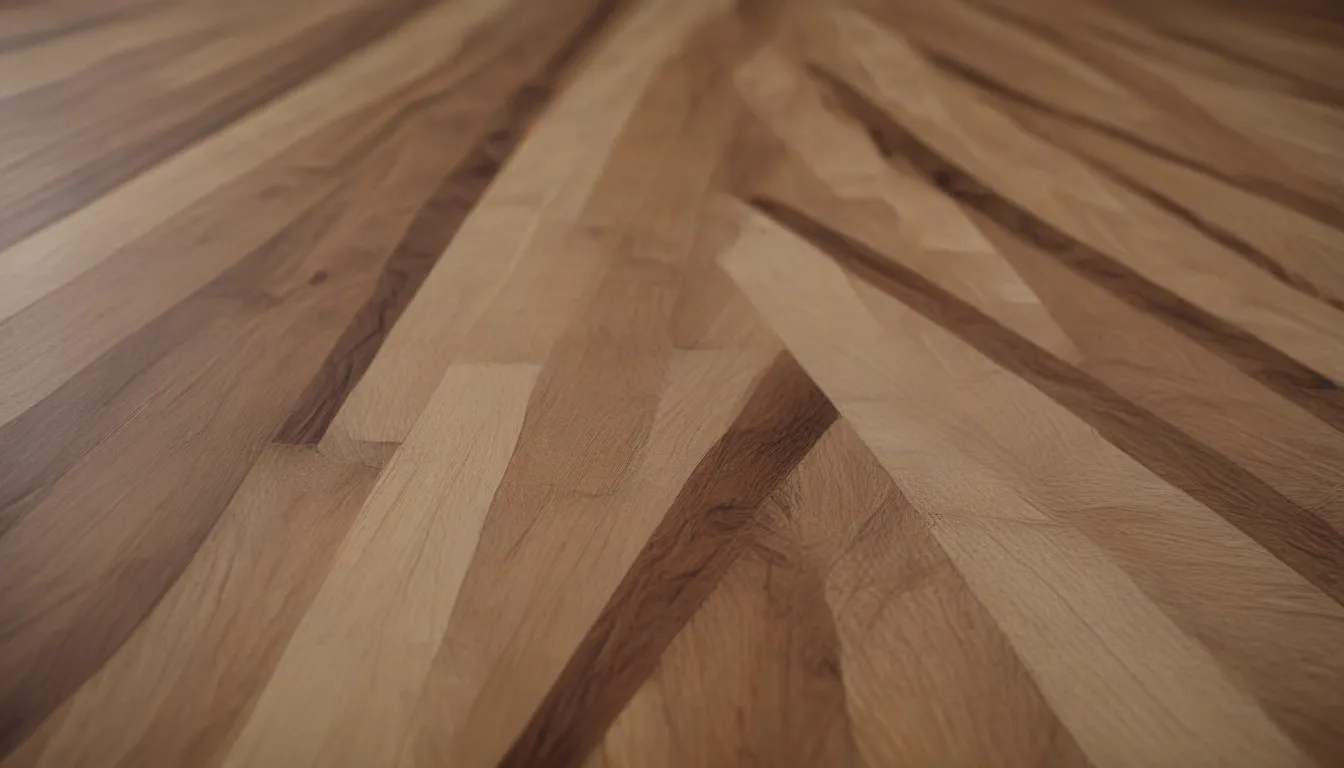
Parquet flooring is a unique and stylish choice for homeowners looking to add a touch of elegance to their space. In this guide, we will explore everything you need to know about parquet flooring, from its composition to installation and maintenance.
What is Parquet Flooring?
Parquet flooring is a type of wood flooring made by arranging small slats of wood in distinct, repeating patterns. Traditionally, parquet floors were installed one piece at a time, but modern parquet flooring comes in tile form, where wood slats are bonded to a backing material. This type of flooring is installed by gluing, nailing, or stapling the tiles to the subfloor.
What is Parquet Flooring Made Of?
Parquet flooring is made of narrow strips of hardwood joined to create a pattern directly on the floor or as prefinished parquet-style tiles. The tiles come in various sizes, with hardwood species like oak, maple, walnut, and others commonly used for the top layer. The total thickness of tiles typically ranges from 5/16 inch to 3/4 inch, with a mesh backing of paper, cloth, or plastic stitched with a thin metal or plastic skeleton.
Pros of Parquet Flooring:
- Aesthetic appeal: Parquet flooring adds a unique and stylish touch to any space.
- Low-maintenance: Easy to clean and maintain.
- Durable: Hardwood material is long-lasting and resilient.
- Easy to install: Can be installed through gluing, nailing, or stapling.
- Wood species options: Different hardwood species available to suit various preferences.
Cons of Parquet Flooring:
- Too busy: Some may find the intricate patterns overwhelming.
- Damage in damp spaces: Prone to damage in moist environments.
- Potentially dated look: Certain patterns may give a retro feel.
- Susceptible to marks: Marks and scratches may show more prominently.
- Refinishing and repairing can be difficult: Due to varied segments and grain directions.
Types of Parquet Flooring Designs
There are various patterns available when it comes to parquet flooring designs. Each plank in the pattern is unique and individual, creating a visually appealing floor space. Here are some popular parquet patterns:
– Herringbone
– Chevron
– Basketweave
– Checkerboard
– Mosaic or brick (also called “square on square”)
– Versailles
Unfinished vs. Prefinished Parquet
Parquet flooring can come either unfinished or prefinished. Unfinished parquet requires on-site finishing to protect the hardwood surface, allowing for customization of stain color and finish type. On the other hand, prefinished parquet tiles come with a factory-applied finish, providing durability and convenience in installation.
Parquet Water Concerns
While parquet tiles are slightly more resilient in moist environments compared to custom hardwood installations, they are still prone to warping, mold development, and swelling in extremely wet conditions. Proper care and maintenance are crucial to preserve the quality of parquet flooring in humid spaces.
Refinishing a Parquet Floor
Parquet flooring, being hardwood, can be sanded and refinished to refresh its appearance. However, refinishing may be more challenging than regular hardwood planking due to the varied grain directions. It is important to consider the unique characteristics of parquet flooring when refinishing to ensure a smooth and consistent finish.
In terms of cost, parquet flooring ranges in price depending on the type of installation. Custom parquet can cost between $20 to $45 per square foot, while parquet-style tiles are more affordable and suitable for DIY projects.
In conclusion, parquet flooring is a beautiful and versatile option for homeowners seeking a unique flooring solution. With proper care and maintenance, parquet flooring can add elegance and charm to any space. Whether you opt for traditional patterns like herringbone or modern designs like chevron, parquet flooring is sure to make a statement in your home.
